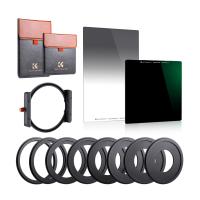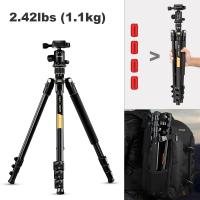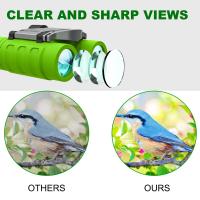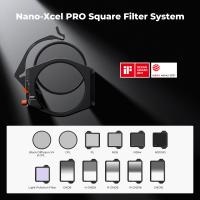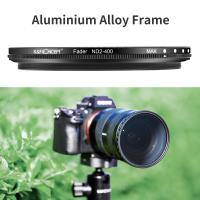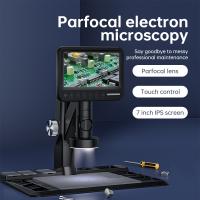How Did The First Digital Camera Work ?
The first digital camera was invented by Steven Sasson, an engineer at Eastman Kodak, in 1975. It used a CCD (charge-coupled device) sensor to capture images, which was a new technology at the time. The camera had a resolution of 0.01 megapixels and stored the images on a cassette tape. The process of capturing an image involved the sensor converting light into an electrical charge, which was then converted into digital data and stored on the tape. The camera was bulky and expensive, and it took several years for the technology to improve and become more widely available.
1、 Image sensor technology
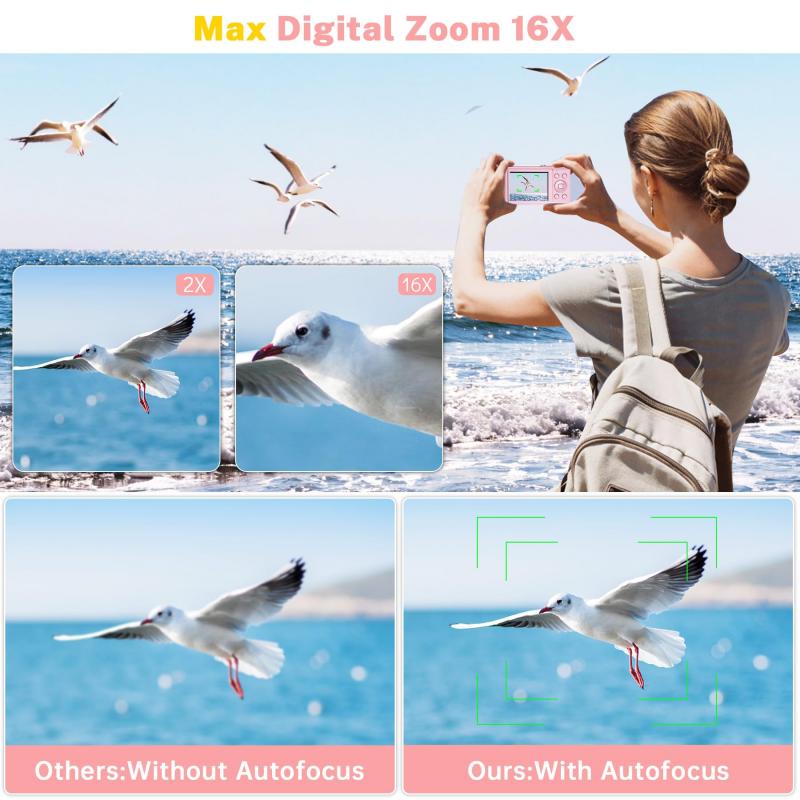
The first digital camera was invented in 1975 by Steven Sasson, an engineer at Eastman Kodak. The camera weighed 8 pounds and was the size of a toaster. It used a CCD (charge-coupled device) image sensor to capture black and white images with a resolution of 0.01 megapixels. The images were stored on a cassette tape and could be viewed on a television screen.
The image sensor technology used in the first digital camera was a breakthrough in the field of photography. CCDs are made up of millions of tiny light-sensitive cells that convert light into electrical signals. These signals are then processed by a computer to create a digital image. The CCD technology allowed for the creation of digital images that could be stored and manipulated on a computer, paving the way for the digital photography revolution.
Since the invention of the first digital camera, image sensor technology has continued to evolve. Today, most digital cameras use CMOS (complementary metal-oxide-semiconductor) image sensors, which are smaller, faster, and more power-efficient than CCDs. CMOS sensors also allow for faster readout speeds, which means that cameras can capture images at higher frame rates and with less noise.
In addition to advancements in image sensor technology, digital cameras have also become more compact, affordable, and feature-rich. Many cameras now include advanced autofocus systems, high-resolution LCD screens, and built-in Wi-Fi and Bluetooth connectivity. Some cameras even offer 4K video recording and advanced image stabilization features.
Overall, the invention of the first digital camera and the continued evolution of image sensor technology have revolutionized the field of photography, making it more accessible, versatile, and creative than ever before.
2、 Analog-to-digital conversion
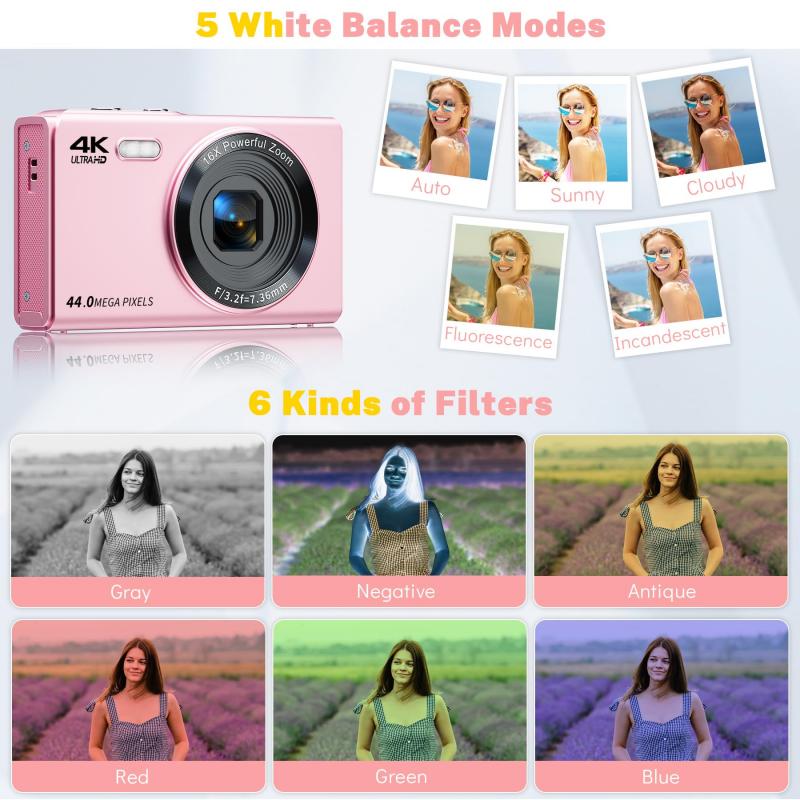
The first digital camera was invented in 1975 by Steven Sasson, an engineer at Eastman Kodak. The camera used a CCD (charge-coupled device) sensor to capture an image and then converted it into a digital format. The process of converting an analog signal (the image) into a digital signal is known as analog-to-digital conversion.
The camera used a lens to focus light onto the CCD sensor, which was made up of a grid of tiny light-sensitive cells. Each cell captured a small amount of light and converted it into an electrical charge. The charges were then read out from the sensor and converted into digital data using an analog-to-digital converter. The resulting digital image was stored on a cassette tape.
The first digital camera was bulky and had a resolution of only 0.01 megapixels, but it was a significant breakthrough in the field of photography. It paved the way for the development of digital cameras that are now ubiquitous in our daily lives.
Today, digital cameras have come a long way from the first prototype. They are smaller, more powerful, and have much higher resolutions. They use advanced sensors, processors, and algorithms to capture and process images. They also offer a range of features such as autofocus, image stabilization, and advanced shooting modes.
In conclusion, the first digital camera worked by using a CCD sensor to capture an image and then converting it into a digital format through analog-to-digital conversion. This breakthrough invention has revolutionized the field of photography and has led to the development of the advanced digital cameras we use today.
3、 Image storage and retrieval

How did the first digital camera work? The first digital camera was invented in 1975 by Steven Sasson, an engineer at Eastman Kodak. It was a bulky device that weighed 8 pounds and captured black and white images with a resolution of 0.01 megapixels. The camera used a CCD (charge-coupled device) sensor to convert light into electrical signals, which were then stored on a cassette tape. The images could be viewed on a television screen, but there was no way to print them out.
Image storage and retrieval: The cassette tape used by the first digital camera was a revolutionary way to store images, but it was not very practical. Today's digital cameras use memory cards to store images, which are much smaller and more convenient. The images can be easily transferred to a computer or other device for viewing, editing, and printing. In addition, cloud storage has become a popular way to store and retrieve digital images, allowing users to access their photos from anywhere with an internet connection.
The latest point of view: The first digital camera was a game-changer in the world of photography, paving the way for the digital revolution that we see today. Digital cameras have come a long way since then, with higher resolutions, faster processing speeds, and more advanced features. In addition, smartphones have become a popular way to take photos, with many models boasting high-quality cameras and advanced editing tools. The rise of social media has also changed the way we share and view photos, with platforms like Instagram and Snapchat allowing users to share their images with a global audience. Overall, the first digital camera was a groundbreaking invention that has had a profound impact on the way we capture, store, and share images.
4、 LCD display technology
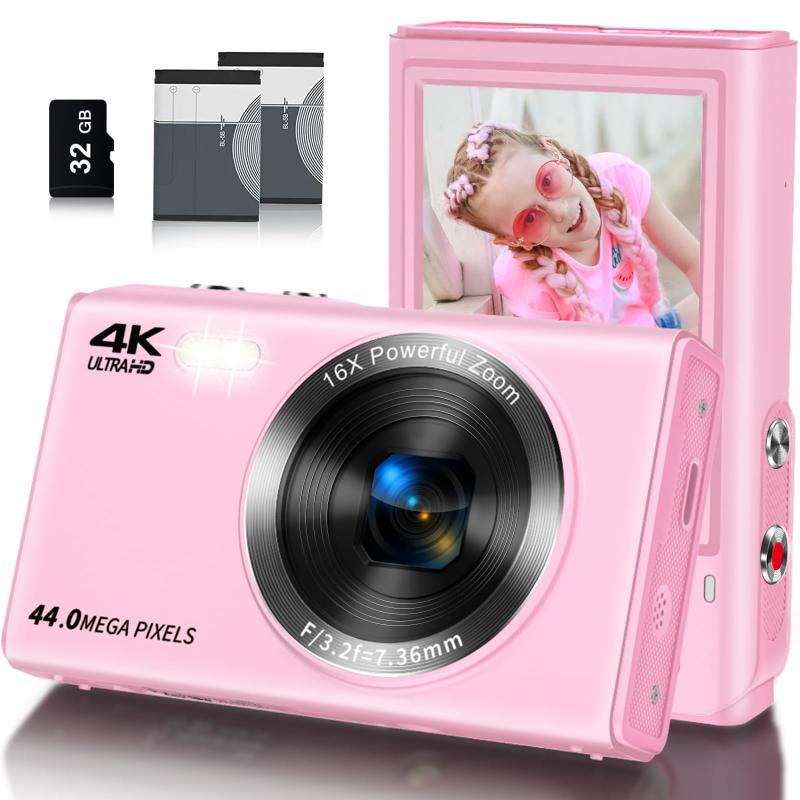
How did the first digital camera work? The first digital camera was invented in 1975 by Steven Sasson, an engineer at Eastman Kodak. It was a bulky device that weighed 8 pounds and had a resolution of 0.01 megapixels. The camera used a CCD (charge-coupled device) sensor to capture images, which were then stored on a cassette tape. The images could be viewed on a television screen, but there was no way to print them out.
LCD display technology played a crucial role in the development of digital cameras. The first digital cameras used small LCD screens to display the images that were captured by the CCD sensor. These screens were low-resolution and had limited color depth, but they allowed users to preview their images before they were saved to a storage device.
Today, LCD display technology has advanced significantly, and digital cameras now feature high-resolution screens with millions of colors. These screens allow users to view their images in great detail and make adjustments to exposure, focus, and other settings in real-time. Some cameras even feature touchscreens, which make it easier to navigate menus and adjust settings.
In addition to LCD screens, modern digital cameras also feature advanced image processing algorithms that help to improve image quality and reduce noise. These algorithms use complex mathematical calculations to analyze the data captured by the camera's sensor and produce images that are sharper, more vibrant, and more true-to-life.
Overall, the first digital camera was a groundbreaking invention that paved the way for the development of modern digital cameras. While LCD display technology played a crucial role in the early days of digital photography, today's cameras feature a wide range of advanced technologies that make it easier than ever to capture high-quality images.
























